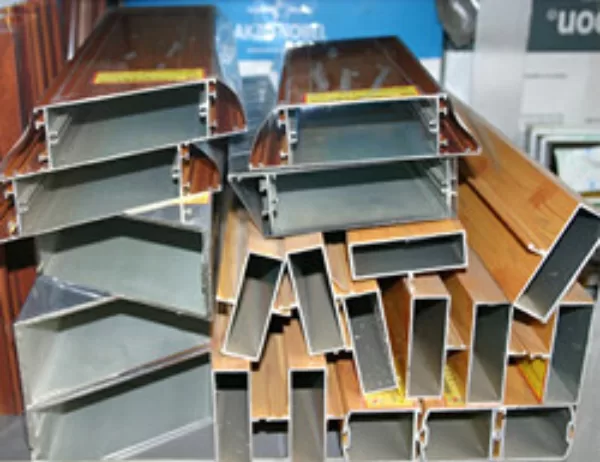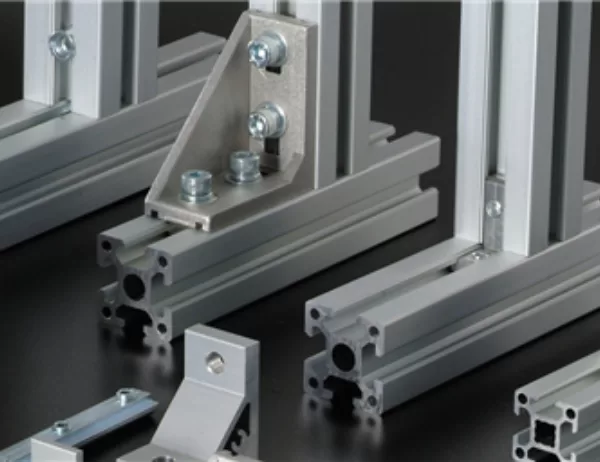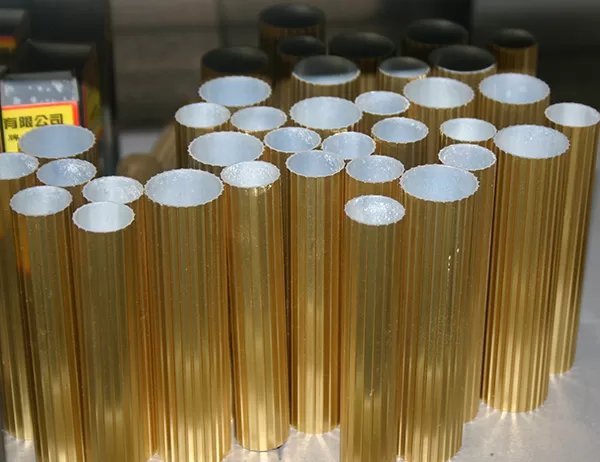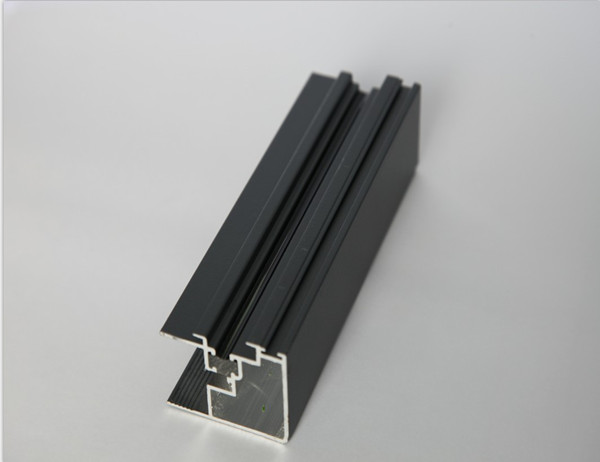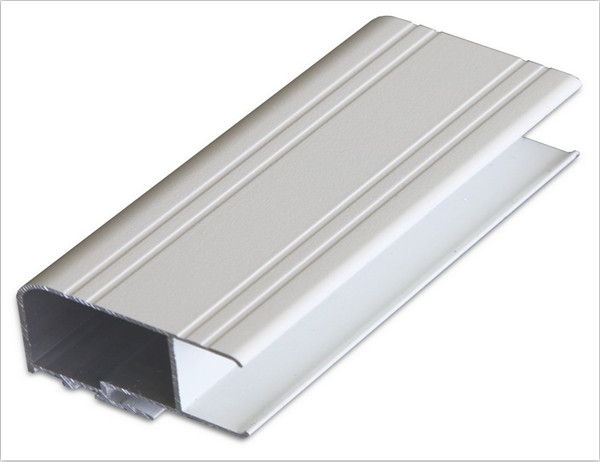Introduction
Polished aluminum angles are a popular choice for a wide range of applications due to their durability, corrosion resistance, and aesthetic appeal. However, to ensure the longevity and performance of these angles, it is crucial to follow proper maintenance and installation techniques. This article will provide a comprehensive guide on how to achieve optimal results with polished aluminum angles.
Material Selection
The choice of aluminum alloy is a key factor in determining the performance of polished aluminum angles. For most applications, alloys 6061 or 6063 are suitable, offering a good balance of strength, corrosion resistance, and machinability. However, for extreme environments or specialized applications, other alloys may be required.
Surface Preparation
Proper surface preparation is essential to ensure the adhesion of finishes and prevent corrosion. The following steps should be followed:
Cleaning: Remove dirt, grease, and debris using a mild detergent and water.
Degreasing: Use an acetone-based cleaner to remove any residual oils.
Etching (Optional): For optimal adhesion, the surface can be etched by immersing it in a mild acid solution. This creates a micro-roughened surface that improves bond strength.
Finishing
Polishing is the final step in the finishing process. There are two main methods:
Mechanical Polishing: This involves using abrasives to remove surface imperfections and achieve the desired level of reflectivity.
Chemical Polishing: This involves using chemical solutions to dissolve the outermost layer of the aluminum, resulting in a mirror-like finish.
Installation
Proper installation techniques are crucial for ensuring the longevity of polished aluminum angles. Always use appropriate fasteners, such as stainless steel screws or bolts, to prevent corrosion. Ensure that the angles are securely fastened and avoid excessive tightening, which can damage the angles.
Maintenance
Regular maintenance is essential to preserve the performance and appearance of polished aluminum angles. The following steps should be followed:
Cleaning: Clean the angles with a mild detergent and water solution to remove dirt and debris.
Polishing (Optional): If the surface has become dull, it can be repolished using a mild abrasive or polishing compound.
Inspection: Regularly inspect the angles for any signs of corrosion or damage. Promptly address any issues to prevent further deterioration.
By following the guidelines outlined in this article, you can ensure the longevity and performance of polished aluminum angles in your applications. Proper material selection, surface preparation, finishing, installation, and maintenance are all crucial factors in maximizing the value and durability of these versatile materials. With proper care, polished aluminum angles will continue to perform their intended function for many years to come.
